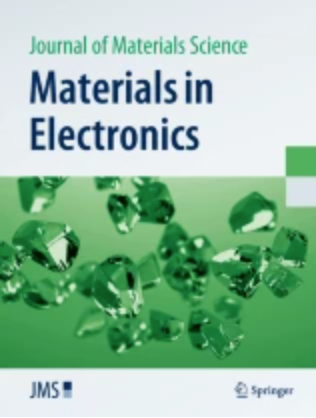Chemometric optimization of the CdO superhydrophobic thin film coating process: design of experiments (DOE)-based mathematical modeling for roughness and wettability prediction of cadmium-based transparent conductive oxide surfaces
Abstract
This study developed mathematical prediction models to predict the RMS roughness value (Rq) and water contact angle (WCA) values of cadmium-based superhydrophobic transparent conductive oxide surfaces. An experimental design approach was used to optimise the process parameters in the SILAR deposition of CdO films. Validation experiments were carried out under selected random conditions to validate the developed mathematical models. The obtained mathematical models not only predicted the roughness and contact angle values with high accuracy but were also used to determine the optimum process parameters to obtain the most effective surface roughness and contact angle. The results indicated that the developed mathematical models can predict the Rq and WCA values of the synthesized transparent conductive oxide surfaces both under optimum conditions and under randomly selected conditions with relative error varying between 0.6 and 4.7%. The Rq and WCA of the most effective cadmium-based superhydrophobic transparent conductive oxide surface synthesised under optimum conditions were measured as to be 189.1 nm and 151.15°, respectively, and were estimated by the developed models to be 193.3 nm and 150.28°, respectively. The closeness of the experimental and predicted values obtained for both models demonstrated the reliability of the developed mathematical models.

 求助内容:
求助内容: 应助结果提醒方式:
应助结果提醒方式:


